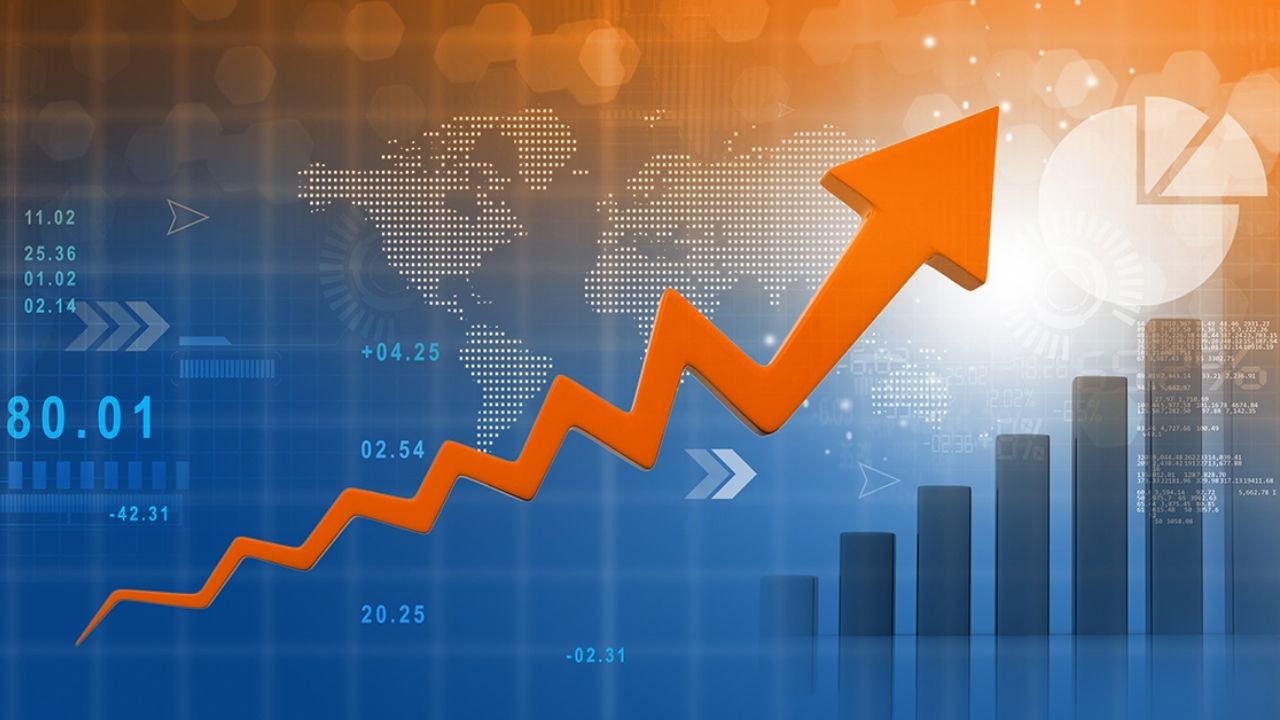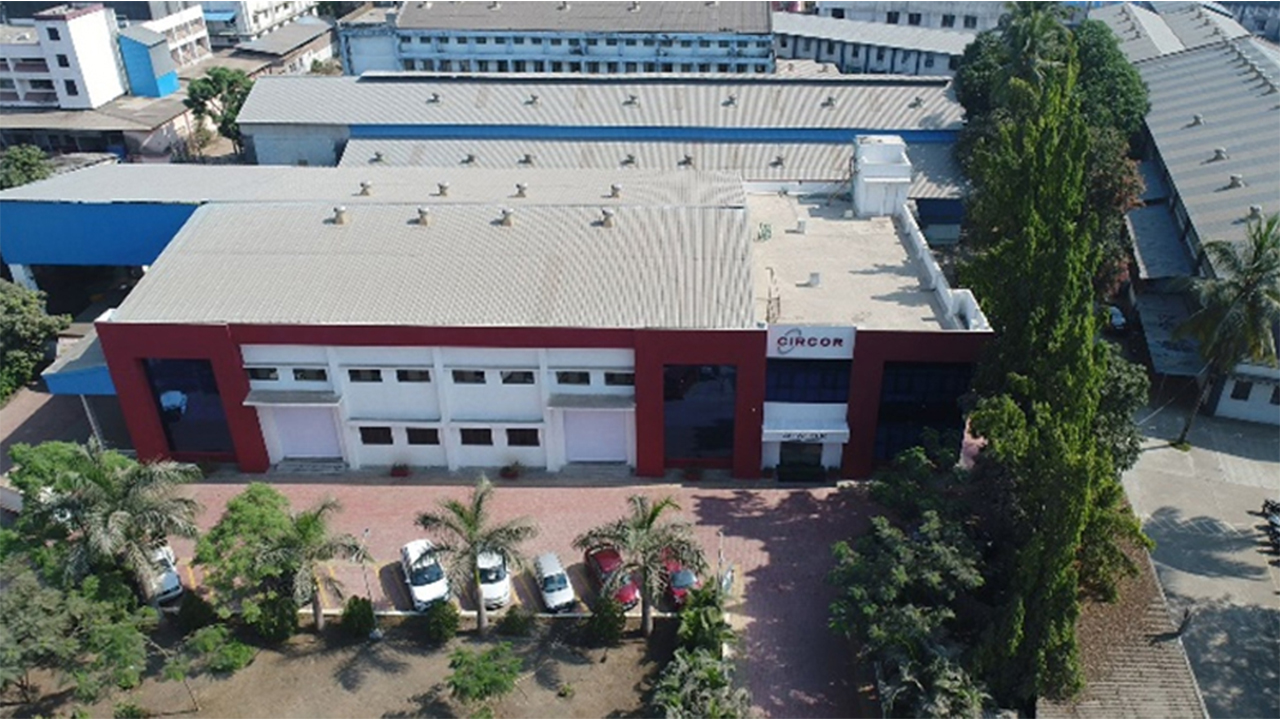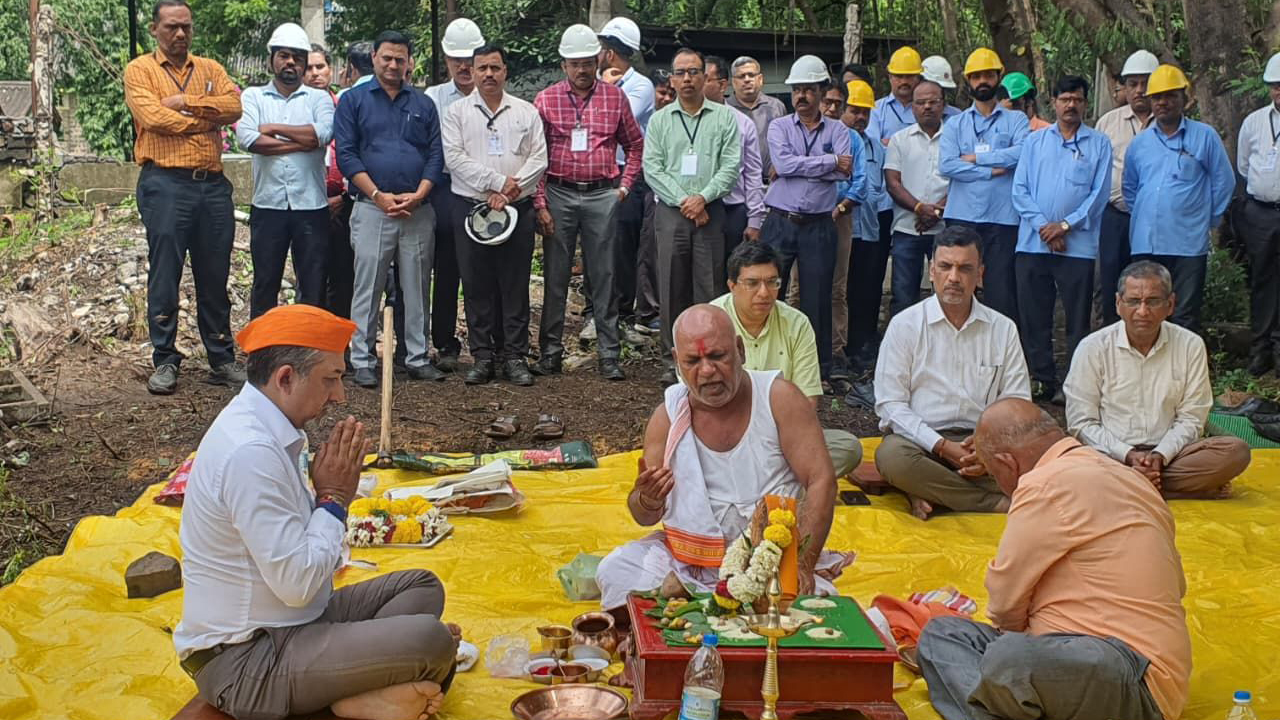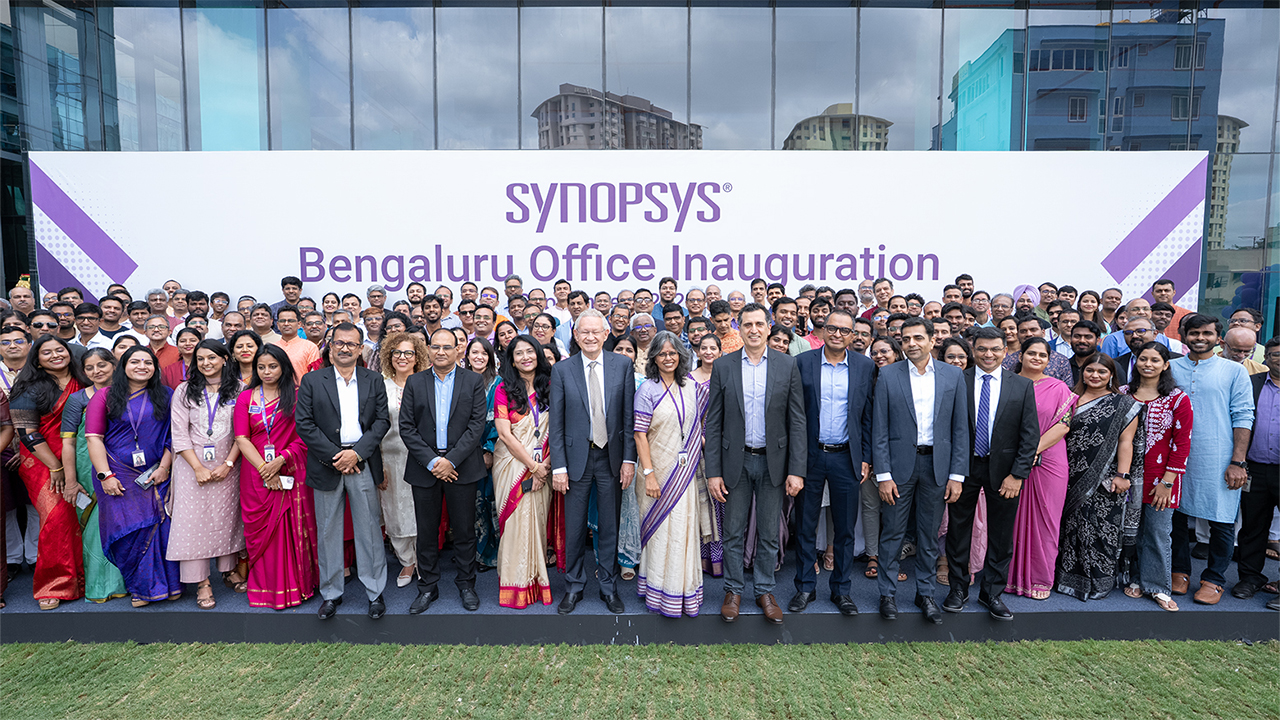Indian Manufacturing Sector June Price Pressures Dampen Growth
#ManufacturingGrowth #IndianManufacturing #S&PGlobal“The Indian manufacturing industry ended the first quarter of fiscal year 2022/23 on a solid footing, displaying encouraging resilience in the face of acute price pressures, rising interest rates, rupee depreciation and a challenging geopolitical landscape.” - Pollyanna De Lima, Economics Associate Director, S&P Global Market Intelligence

July 2022 : The economic recovery of the Indian manufacturing sector continued in June, aided by robust domestic and international client demand. However, growth of total sales and production eased amid intense price pressures. Although the rate of input cost inflation remained historically high, the latest increase was the slowest in three months, a trend that was likewise seen for output charges.
Inflation concerns continued to dampen business confidence, with sentiment slipping to a 27-month low. Elsewhere, input delivery times shortened for the first time since the onset of COVID-19. Posting 53.9 in June, the seasonally adjusted S&P Global India Manufacturing Purchasing Managers’ Index (PMI) signaled a twelfth consecutive monthly improvement in the health of the sector.
However, falling from 54.6 in May, the latest reading showed the weakest pace of growth since last September. Softer increases in production, factory orders, stocks of purchases and employment all dragged down the PMI in June, alongside an improvement in supplier performance which is inverted before entering the calculation. Factory orders and production rose for the twelfth straight month in June, but in both cases the rates of expansion eased to nine-month lows. Increases were commonly attributed to stronger client demand, although some survey participants indicated that growth was restricted by acute inflationary pressures.
June data indicated that rates of purchase price and output charge inflation retreated to three-month lows, but remained above their respective long-run averages. Monitored firms reported increases for a wide range of inputs — including chemicals, electronics, energy, metals and textiles — which they partly passed on to clients in the form of higher selling prices.
Although the outlook for the Indian manufacturing industry remained positive midway through 2022, sentiment slipped Increases in sales and production stretch to one year but growth rates ease to nine-month lows Inflationary pressures curb the upturn, despite receding in June commented, Pollyanna De Lima, Economics Associate Director at S&P Global Market Intelligence, said: “The Indian manufacturing industry ended the first quarter of fiscal year 2022/23 on a solid footing, displaying encouraging resilience on the face of acute price pressures, rising interest rates, rupee depreciation and a challenging geopolitical landscape.”
Data were collected 13-24 June 2022 to a 27-month low. Fewer than 4% of panelists forecast output growth in the year ahead, while the vast majority (95%) expect no change from present levels. Inflation was the main concern among goods producers. Average lead times on inputs shortened for the first time since February 2021, albeit only fractionally.
Concurrently, firms continued with their efforts to safeguard against input shortages and purchased additional materials in June. Buying levels rose at a marked rate, but one that was the slowest in three months.
Ongoing growth of input buying, coupled with an improvement in supply chains, underpinned another increase in pre production inventories among Indian manufacturers. The pace of accumulation was sharp and above trend, despite slowing to a three-month low.
Conversely, stocks of finished goods declined further amid rising sales and the delivery of products to clients. The latest fall in post-production inventories was mild, but took the current stretch of depletion to almost five years. Elsewhere, new export orders rose for the third month running in June. The increase was strong by historical standards, despite easing from May's 11-year high. Sustained growth of production and sales meant that.
NEWSLETTER
TRENDING ON PRO MFG
MORE FROM THE SECTION








